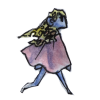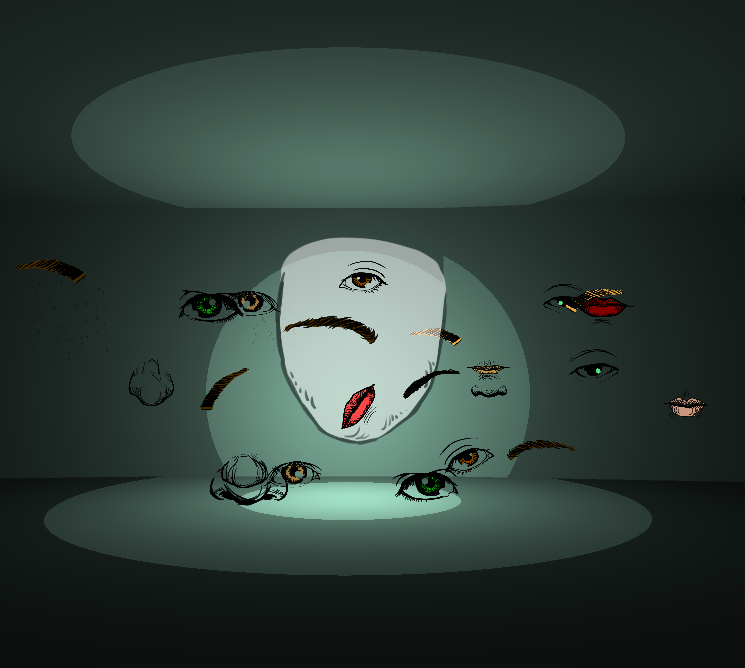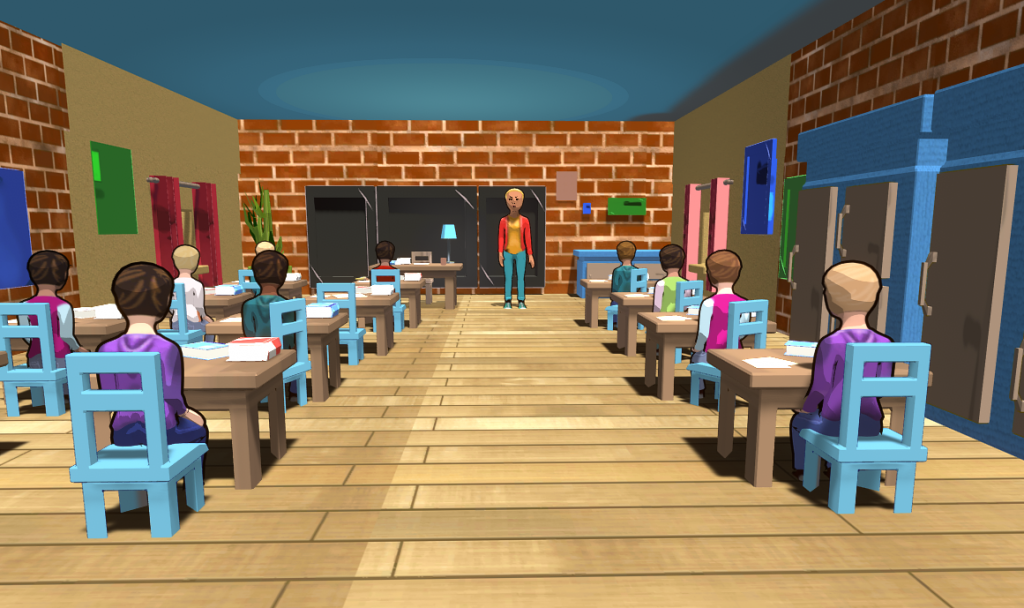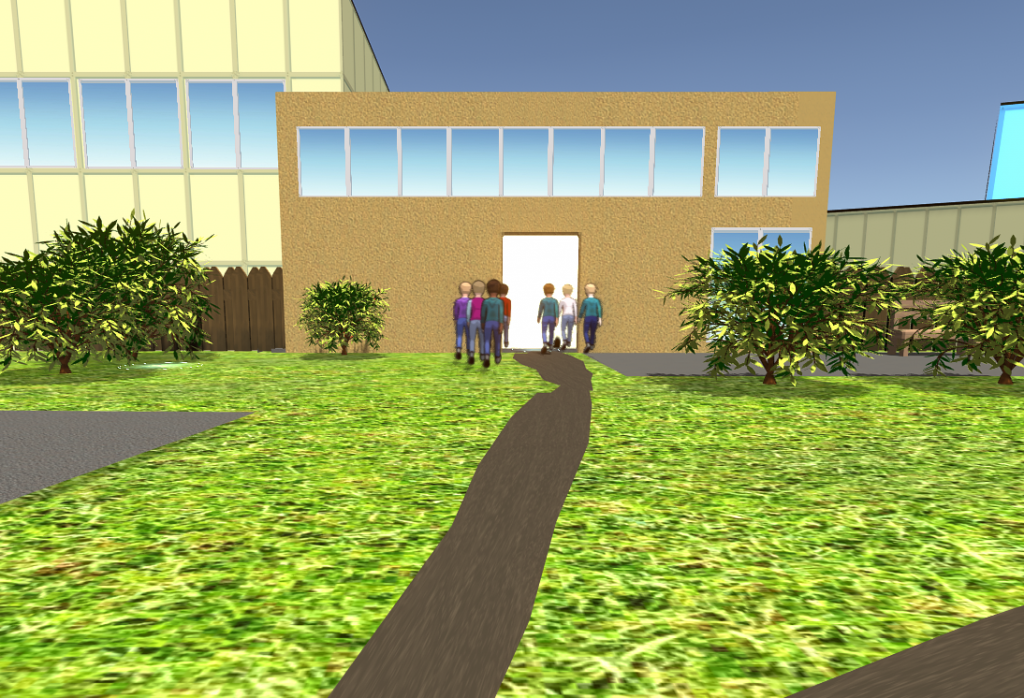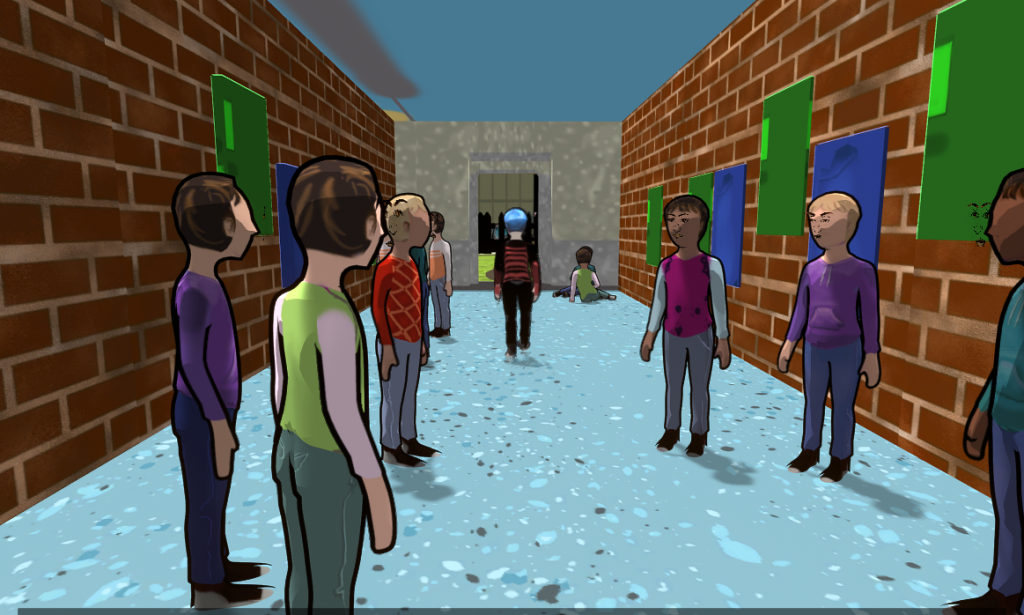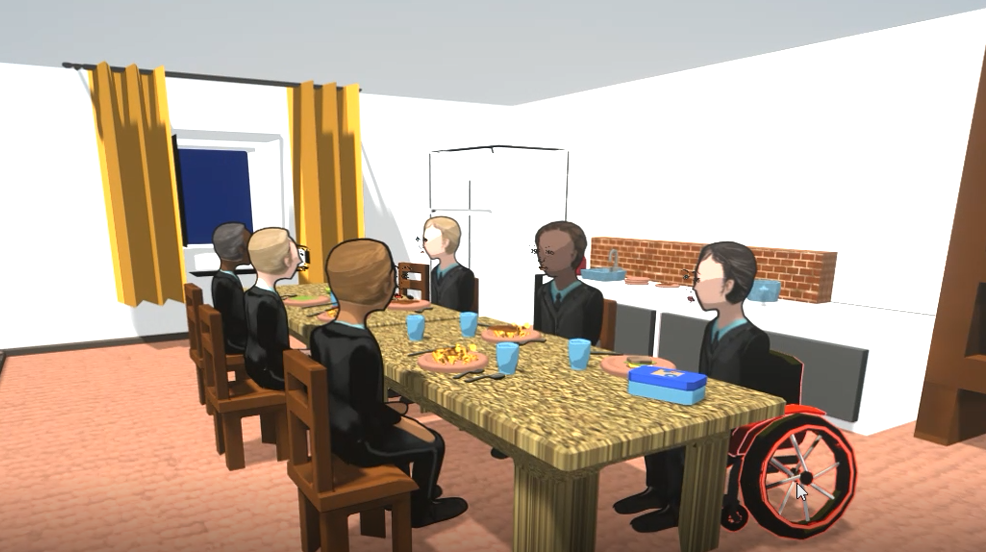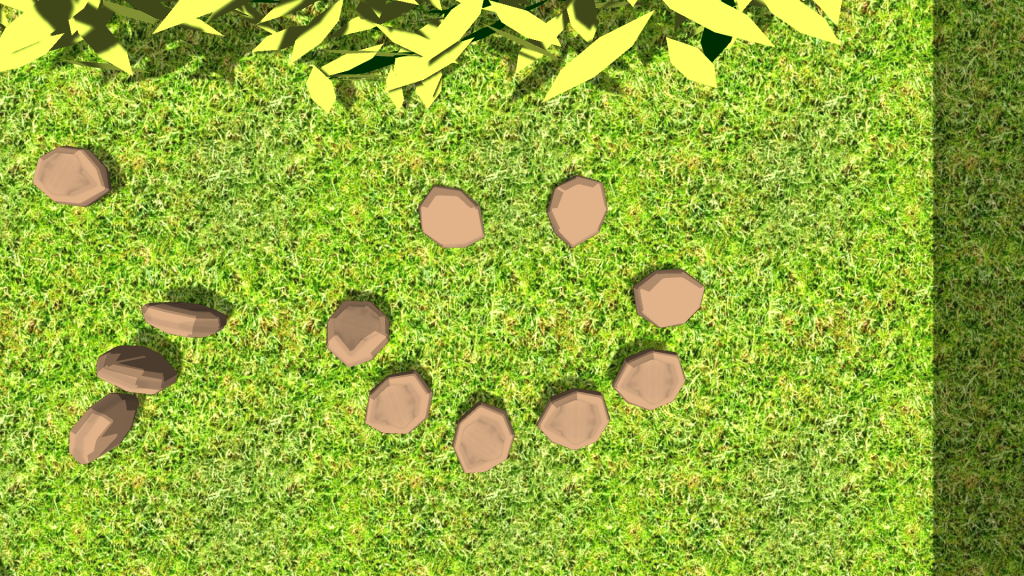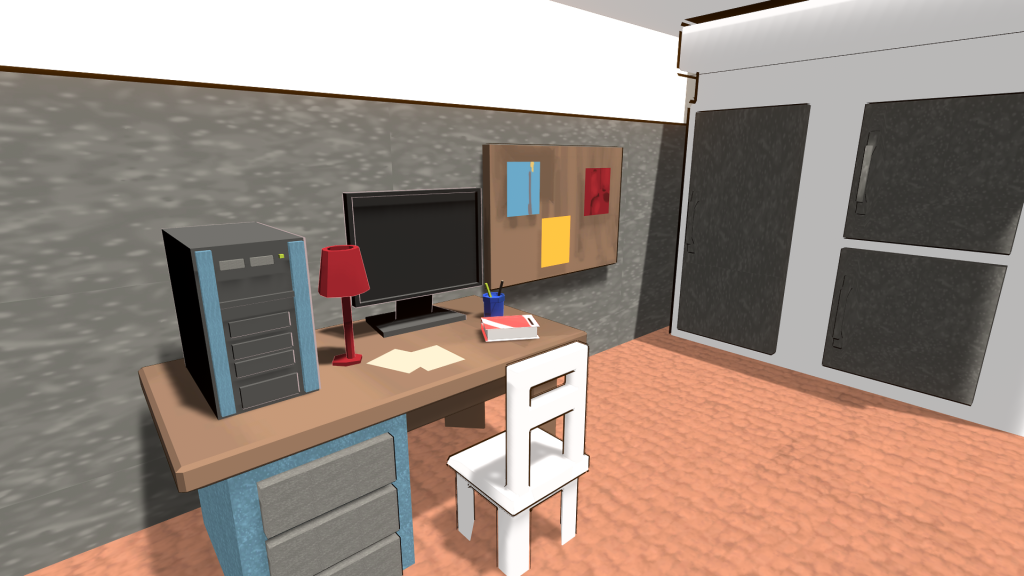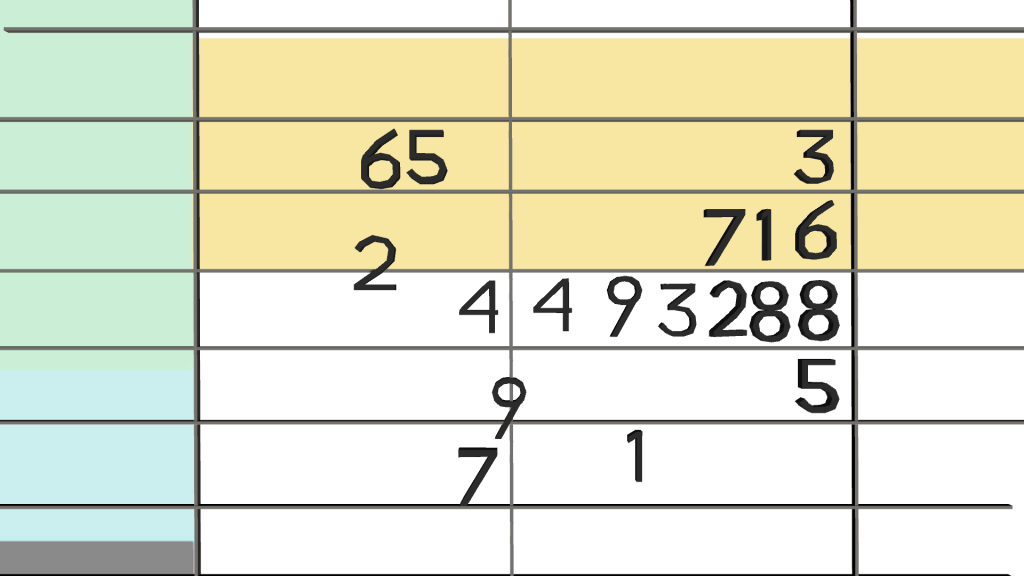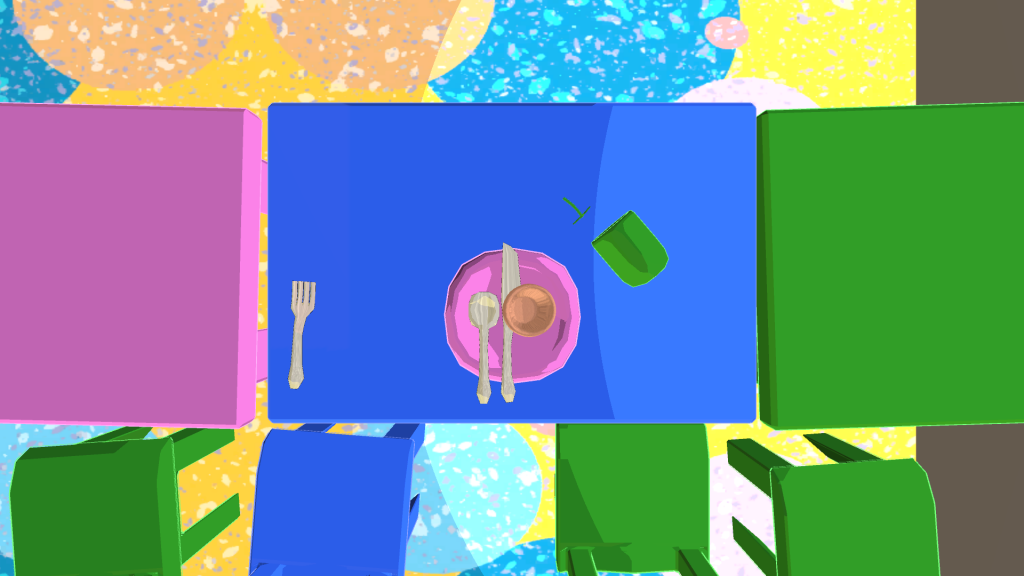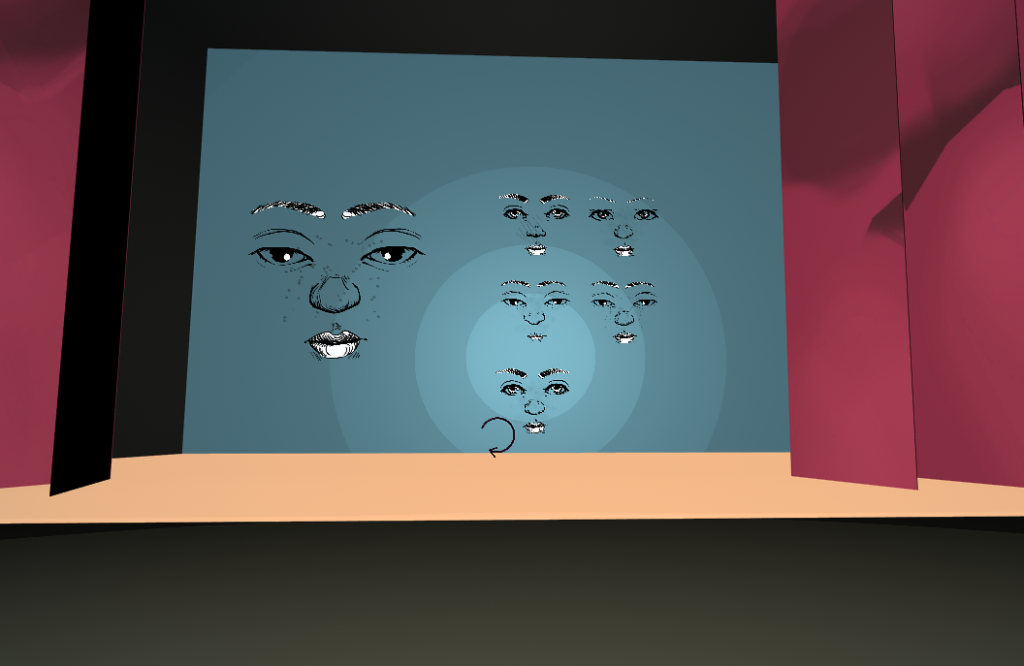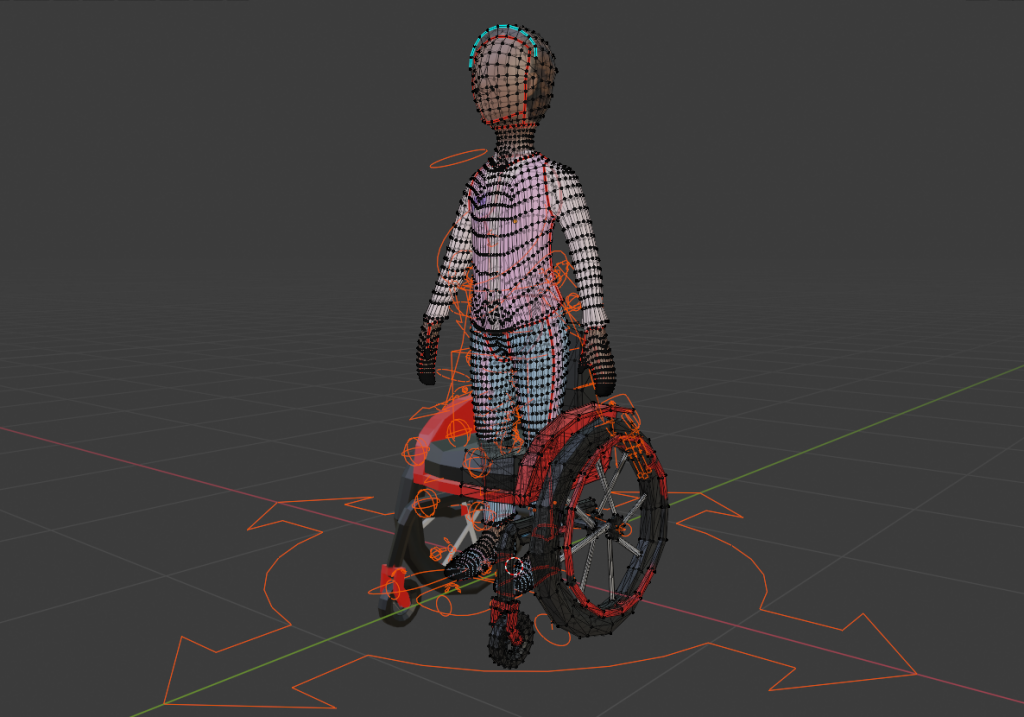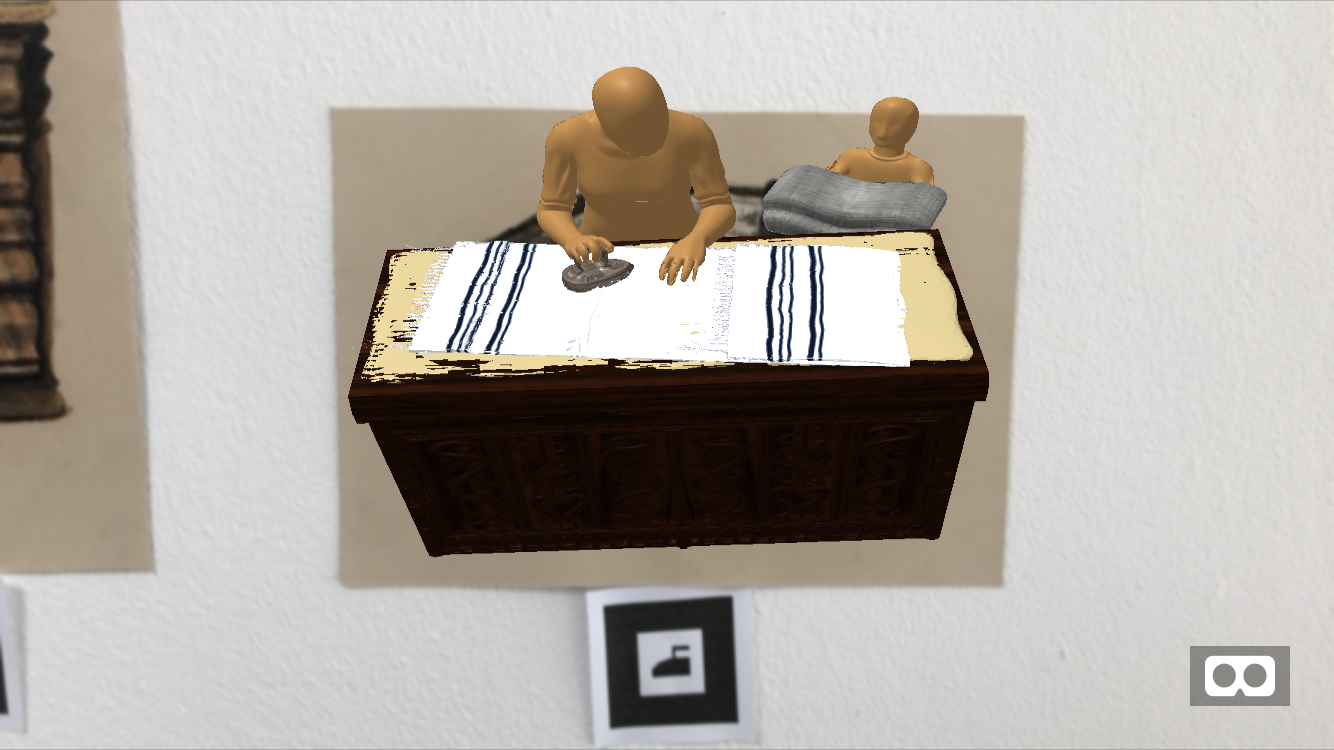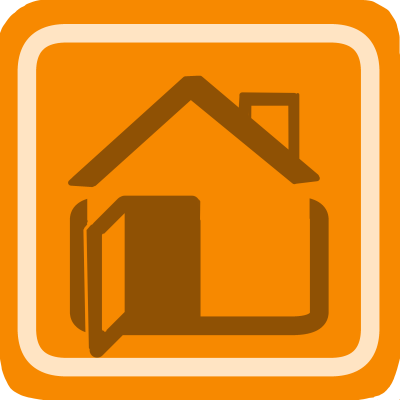Click here to download the game and play for free!
All the work I put into games about Prosopagnosia? This is what it was leading up to.
This game is being shown at the B3 Biennale des bewegten Bildes 2021 as part of the graduate show in the Talent Forum. The topic of the B3 this year is Identity… fittingly.
Prosopagnosia
A congenital neurodevelopmental condition that affects your ability to recognise people by their faces. I have this. It affects how I interact with people and how I make art.
When I told my father I was struggling to find a topic for my final project, he immediately suggested prosopagnosia. After discussing that possibility with my professors, I decided to approach the topic from a direction of neurodiversity, crip theory and language – why does it matter to have a diagnosis for something that cannot be cured, treated and, frankly, I wouldn’t want it cured or treated anyway? I would even question if or how much it is a condition in the first place, despite the fact that I describe it as such when I need to quickly explain to someone what my project is about. Crip theory challenges wether I am disabled or being disabled by the world around me.
What happens when you do finally have words to describe your experience though? What does it change, if anything?
Neurodiversity – or, to use Remi Yergeau’s word – neuroqueerness allows for an embracing, celebrating and enjoying of the things that make one neuroqueer, instead of being described as something one must suffer. The project taught me to enjoy aspects of my prosopagnosia, for as much trouble it has brought me, it also has enabled me to make this project and experience life the way I do – with my brain.
September 2021, I graduated with highest honors from the Kunsthochschule Kassel, Germany.
This is my final project.
The Game
The game begins with a narrator asking if she can tell you a story and if you want to “play along”. You enter into a kindergarten and slowly through the game, you grow into teenage and then adulthood. But something is amiss. You seem to struggle to know who other people are, their faces being randomly generated and frankly, they all look just about the same.
You are admonished for your inability to recognise others and begin to try different strategies to avoid those moments of trouble. Pretending to know who they are, trying to remember obvious details about their appearance, minding the context you see them in and avoiding saying identifying things when possible. Sometimes these things work… other times they don’t.
This problem puts you in danger at times and jeapordizes your job until you finally get answers for the issue at hand. The word prosopagnosia. The last portion of the game has you trying to explain to people what is going on and them reacting very variably.
The game ends with a conversation with a childhood friend and coworker who talks to you about crip theory and gives another perspective on disability: what is truly causing your trouble? Is it all just your brain or is it not at least partially due to social constructs, barriers and inaccessibility?
Under the Hood
I already mentioned that I had worked on a lot of things prior to the game taking on this shape ultimately. I actually had made a collection of mini games. Even before that, I had made art about this subject even in 2016, fairly shortly after my own diagnosis.
This game was made in Unity in the 3D engine. It is a first person, linear narrative game with dialogue trees. It tells you a story, but occasional mini games let you play around. You move at your own pace through the game without time pressure. It is divided into four chapters and you can select any of them from the main menu.
Visuals
I’d like to say a quick thanks to my partner Ariel Galimard for helping me make some of the textures when crunch time hit, as well as designing the special characters (mother, teacher, friend…)
3D modelling, animating and texturing were done by me. Level designing, environmental design and all aspects of composition in Unity were done by me.
Audio
Credit is due to my dear sister Clarissa Gundlach who is a professional voice actress and gave a voice to my narrator character.
All music was composed and created by me.
Programming
I wrote my own code, using a mix of the Fungus Add-On Tool and good old fashioned C#. The systems are inter-connected with Fungus running the scripted events and timing, while C# runs… well, everything else.

